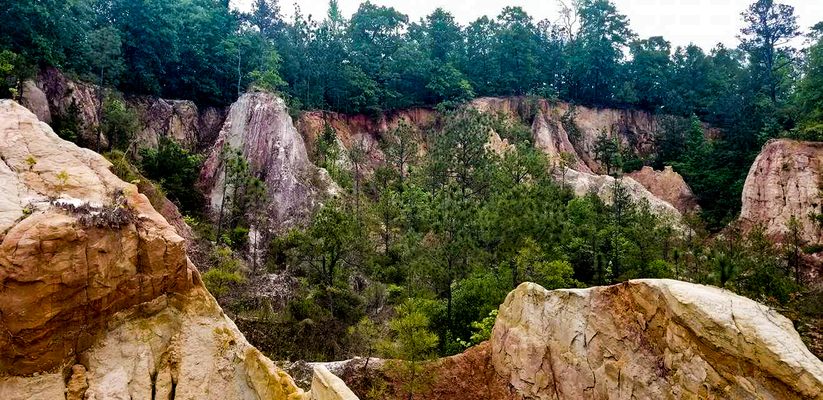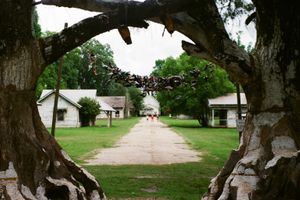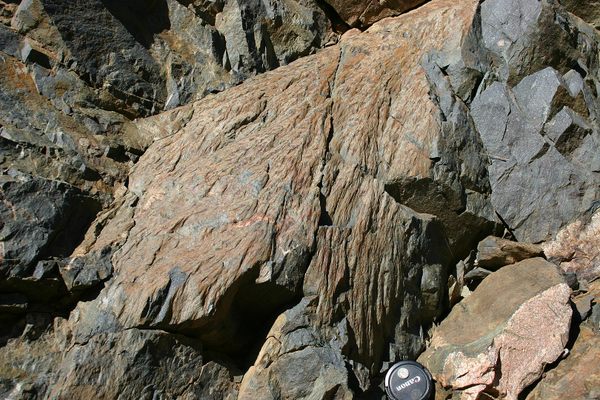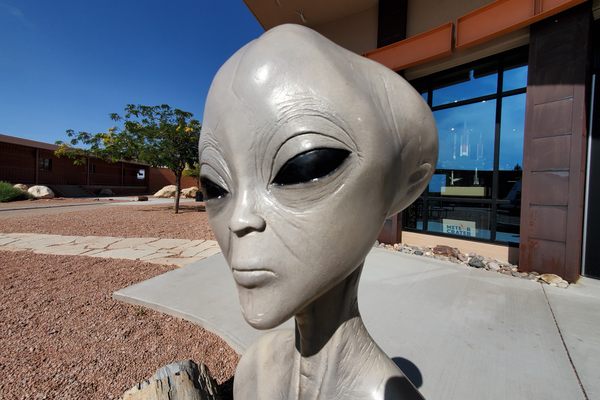About
Those hills may not actually be hills! The crescent-shaped ridge of hills that rise up to 300 feet above the surrounding river plains in central Alabama are known as the Wetumpka Impact Crater. Though it has been overgrown and eroded after millions of years, the nearly five-mile wide crater is the result of an ancient cosmic collision.
This site in Wetumpka, Alabama, is the scar resulting from a 1,250-foot (380-meter) cosmic object crash-landing on Earth some 83 million years ago. When the object—believed to be a comet or large asteroid—hit the surface of the earth, the force of the impact was around 175,000 times more powerful than the nuclear bomb dropped on Hiroshima in 1945. At the time, the land that is now Alabama was covered in a shallow sea about 100 feet deep, and the flora, fauna, and geological structures in the vicinity were immediately vaporized by the powerful explosion.
A team of geologists led by Thornton L. Neathery first noted the crater structure in 1969, and published a description of it in 1976. But initially, there was not enough evidence to confirm that it was truly the site of a meteor impact. In the late 1990s, geologists from Auburn University drilled deep into the center of the crater, where they discovered shocked quartz—a unique form of the mineral found mainly at the sites of cosmic impacts and nuclear tests.
In 2002, the Wetumpka crater was officially recognized as the 157th known impact crater on Earth. Its name means "rumbling waters" in the Creek language.
There are many spots to see the remnants of this ancient natural disaster, the most common is off of US Highway 231. Since most of the crater is located on private property, there are no gift shops or vending machines on site.
Related Tags
Published
December 8, 2021
Sources
- https://www.wsfa.com/2020/09/07/hiking-with-hailey-wetumpka-impact-crater/
- https://alabama.travel/places-to-go/wetumpka-impact-crater
- http://webhome.auburn.edu/~kingdat/wetumpkawebpage3.htm
- http://encyclopediaofalabama.org/article/h-1035
- https://www.onlyinyourstate.com/alabama/crazy-occurrence-in-al/






















